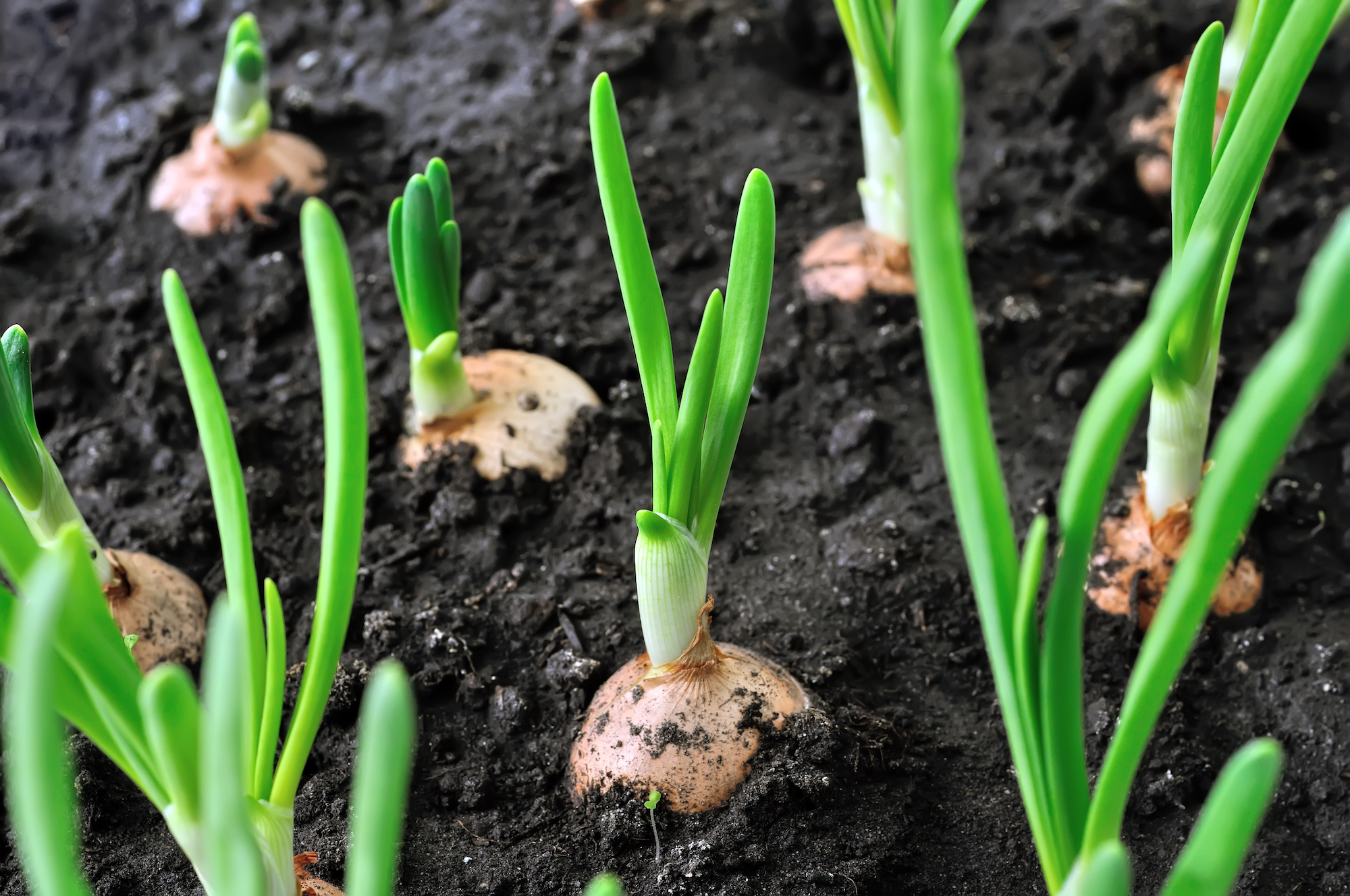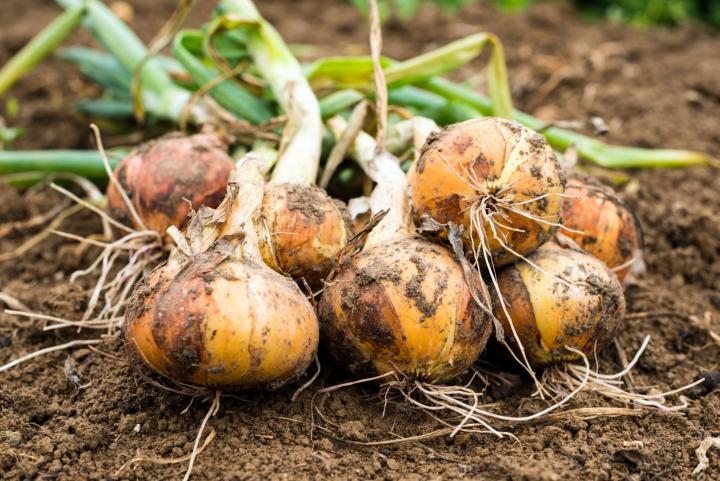
Planting, Growing, and Harvesting Onions
To make onions taste milder, soak them in milk or pour boiling water over the slices and let stand for 20 minutes. Rinse with cold water.
Chopping onions can sometimes look like a daunting task: There’s the skin, and the layers… Where to begin? Check out our tips for chopping onions in four easy steps. Onion skins actually have several health benefits, too, so don’t throw them out!
For more tips on using onions in the kitchen and cooking them correctly, click here.
ADVERTISEMENT
I am in zone 8a, Arkansas. I have had some success growing in a 5 gallon bucket. Maybe this would be a alternative for those with fungus/worm problems?
If you get onion maggots, we’d suggest planting in raised beds versus the ground or even containers. The worms prefer slow-draining soil. Use floating row covers after the onion seeds are first planted until harvest.
I have a beautiful lush garden; I plant everything according to the Farmers Almanac - thank you so much! I’m a organic gardener. Last year my onions were rotting early in the season...I thought it was because I used wood ashes to prevent worms. I planted onions sets in a different area this year. Same problem, greens start turning yellow and die...the small onion bulb is rotting. They are definitely not overwatered - I never had this problem before, some of my friends are experiencing the same thing. Are we buying infected onion sets?
Sadly, this sounds like white rot pathogen. It’s probably nothing you did, certainly not knowingly. The cooperative extension tells us that it’s the fungus, Stromatina cepivorum Berk. The pathogen persists as small, dormant structures (sclerotia) in the soil. Sclerotia remain dormant in the absence of a suitable host (garlic, onion, or other Allium crops), and can survive in the soil for over 20 years. There is not much you can do that you’re not going; see here https://extension.umaine.edu/publications/2062e/ for more detail. Sorry it’s not better news.
I did my onion in the fall , now they are in full bloom and very tall and the green tops are hard tuff like,
Question is the top bloom are they seeds, onion bulb , if so how what do I do now ! Thank you all in advance for your advice ! Happy gardening
Diane



 Photo by Rootstocks/Getty Images
Photo by Rootstocks/Getty Images







Comments